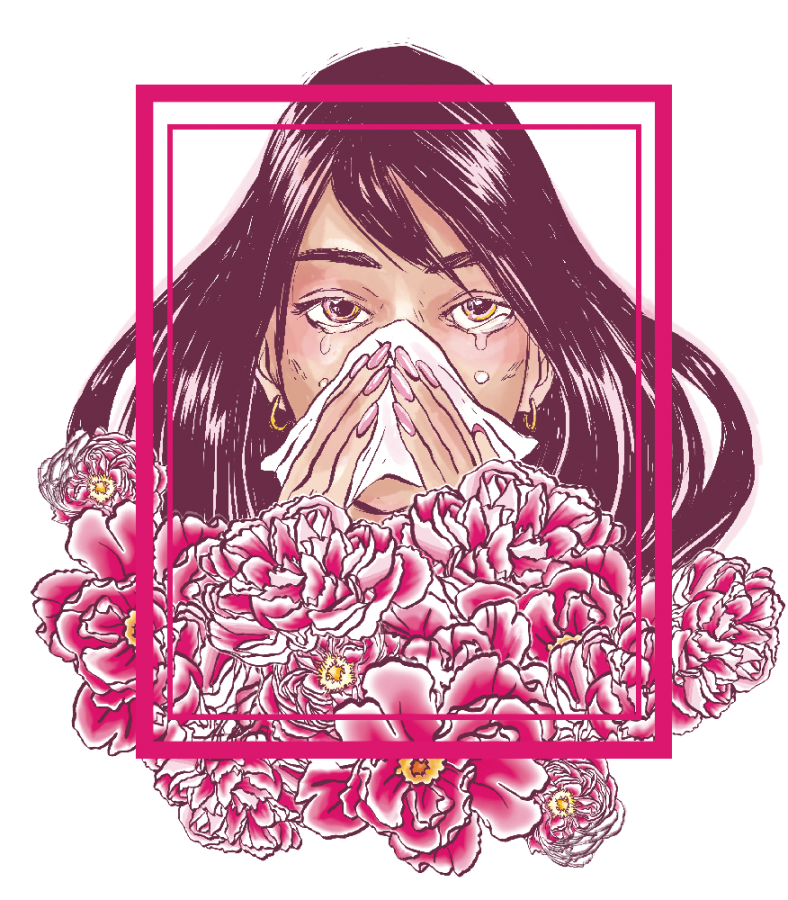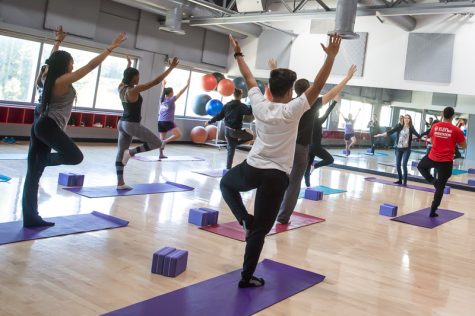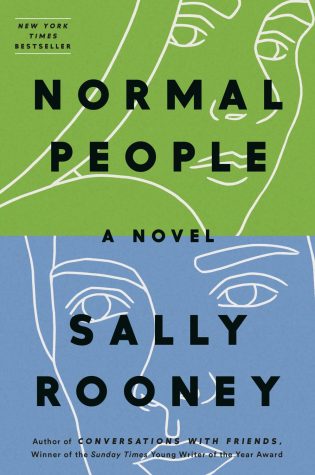Seasonal allergies’ effect on daily life
April 23, 2015
For many people, spring is the best time of year. Trees and plants are blooming, days get longer, and weather gets warmer. For students, summer is just a few short months away. Unlike most people, however, to me spring is the worst time of year. I suffer from seasonal allergies, along with 20 to 30 percent of other Americans, according to the Allergy and Asthma Medical Group of the Bay Area.
Imagine meeting a group of people for the very first time and having not one person sit next to you due to the pile of tissues on your desk. I felt like a social pariah in my classroom.
— Samantha Torres
It is estimated that there are as many as 40 million people in the world suffering from seasonal allergies, according to the Allergy and Asthma Association of America. The AAFA defines an allergy as “an overreaction of the human immune system to a foreign protein substance [or allergen] that is eaten, breathed into the lungs, injected or touched.” These include grass, pollen, trees, and dust to name a few.
Allergies are now fifth on the most recent list of most common chronic diseases according to WebMD’s medical team made up of more than 100 doctors and health experts nationwide.
The amount of people who suffer from these seasonal allergies has steadily increased during the last few years. According to the American College of Allergy, Asthma, and Immunology approximately 16.9 million adults suffer from seasonal allergies.
What is living with seasonal allergies like? It begins with itchy, red eyes that become redder throughout the day, to the point that people question if I am taking drugs.
It involves sneezing all day long, so much that it causes me to draw attention and forces people to move at least 10 feet away from me. It involves constantly having to carry around tissues in my pocket; for fear that my nose might run on to my paper as I struggle to finish my midterm. For me, living with allergies means having excruciatingly long and embarrassing days.
My most recent horrific allergy experience took place during the first week of spring quarter. Both of my eyes began to water, so much that it looked as if I had been crying for hours. My nose ran so much that I went through an entire pack of tissues and had to make multiple trips to the trashcan.
Imagine meeting a group of people for the very first time and having not one person sit next to you due to the pile of tissues on your desk. I felt like a social pariah in my classroom.
My symptoms contributed to a daylong migraine that caused me to leave class early with quite a few stares from my classmates, and leave my job earlier than scheduled — much to the anger of my boss — to try and get my allergies under control.
Seasonal allergies affect every aspect of my life, including having to miss classes and work, being able drive with my windows down, wanting to go somewhere with my friends, and the everyday decision of whether or not going outside is worth having a possible allergy attack.
SFGate reported that those who suffer from tree allergies would continue to suffer due to the lack of rainfall trees, such as Junipers, pollinating and creating allergens a whole month earlier than usual. Those who look for allergy relief from rain washing off the pollen that grows on these trees are out of luck. Without this rainfall the pollen will continue to pile up on the trees and cause more allergens to be exposed.
People who suffer from seasonal allergies must find creative and effective ways to deal with them. Companies have created mobile and web applications that help those who suffer from allergies by tracking what allergens are high in certain areas.
Season allergy sufferers must find creative and effective ways to deal with the allergies. Companies have created applications that let you input your allergy symptoms, where you live and then app will let you know what the allergy rates are in that area. The two most popular apps are WebMD Allergy and Zyrtec. Even regular websites such as the Weather Channel are beginning to have places on their site for people to track allergens.
Recently I have found and begun using the WebMD Allergy app for my iPhone 6. It is extremely helpful because it can better prepare me for the day by determining how I am going to handle my allergies on that given day. Just this morning it warned me that tree allergens are high and to avoid going outside until 11 a.m.
Luckily I have found a usually effective way to battle my allergies. With the possibility of a long drought coming to the state of California, allergy sufferers need to find smart and different ways to combat their allergy symptoms as well.
They could always take a page out of my book and take an allergy survival kit with them wherever they go by carrying multiple packs of tissues, eye drops, cough drops, Benadryl packs, and even more tissues come in handy more often than anyone can even begin to describe.
















